The construction of the wonderful canon of logarithms
The construction of the wonderful canon of logarithms
The construction of the wonderful canon of logarithms
Create successful ePaper yourself
Turn your PDF publications into a flip-book with our unique Google optimized e-Paper software.
Remarks on Appendix.<br />
6i<br />
<strong>the</strong> quoiients and <strong>the</strong> Logarithms <strong>of</strong> <strong>the</strong> divisors will be<br />
reciprocally proportional.<br />
O<strong>the</strong>rwise <strong>the</strong> ratio will not be exactly <strong>the</strong> same on both<br />
sides ; never<strong>the</strong>less, if <strong>the</strong> divisors be very small, and <strong>the</strong><br />
dividends sufficiently large, so that <strong>the</strong> quotients are very<br />
m.any, <strong>the</strong> defect from- proportionality will scarcely, or not<br />
even scarcely, be perceived.<br />
Hence it follows that <strong>the</strong> logarithm )<br />
[C]<br />
Let two numbers be taken, lo and 2, or any o<strong>the</strong>rs you<br />
please. Let <strong>the</strong> Logarithm <strong>of</strong> <strong>the</strong> first, namely 100, be<br />
given ; it is required to find <strong>the</strong> Logarithm <strong>of</strong> <strong>the</strong> second.<br />
In <strong>the</strong> first place, let <strong>the</strong> second, 2. multiply itself continuously<br />
until <strong>the</strong> number <strong>of</strong><strong>the</strong> products is exceeded, by unity<br />
<strong>The</strong>n let <strong>the</strong> last<br />
only, by <strong>the</strong> given Logarithm <strong>of</strong> <strong>the</strong> first.<br />
product be divided as <strong>of</strong>ten as possible by <strong>the</strong>first number,<br />
10. and again in like m-anner by <strong>the</strong> second number, 2.<br />
<strong>The</strong> number <strong>of</strong>quotients in <strong>the</strong> latter case will be 100, ^for<br />
<strong>the</strong> product is its hundredthpower ; and if a number be multiplied<br />
by itself a given number <strong>of</strong> times forming a certain<br />
product, <strong>the</strong>n it will divide <strong>the</strong> product as m,any times and<br />
once more ; for exam,ple, if 2)<br />
be multiplied by itself four<br />
times it makes 243, and <strong>the</strong> same 3 divides 243 five times,<br />
<strong>the</strong> quotients being Bi, 27, 9, 3, i.) In <strong>the</strong> former case,<br />
where <strong>the</strong> product is continually divided by 10, it is manifest<br />
that <strong>the</strong> number <strong>of</strong> quotients falls short <strong>of</strong> <strong>the</strong> number<br />
<strong>of</strong> places in <strong>the</strong> dividend by one only. <strong>The</strong>refore (by <strong>the</strong><br />
preceding proposition) since <strong>the</strong> same product is divided by<br />
two given numbers as <strong>of</strong>ten aspossible, <strong>the</strong> numbers <strong>of</strong> <strong>the</strong><br />
quotients and <strong>the</strong> Logarithms <strong>of</strong> <strong>the</strong> divisors will be reciprocally<br />
proportional. But, <strong>the</strong> number <strong>of</strong> quotients by <strong>the</strong><br />
second being equal to <strong>the</strong> Logarithm <strong>of</strong> <strong>the</strong> first, <strong>the</strong> num-<br />
H 3 ber



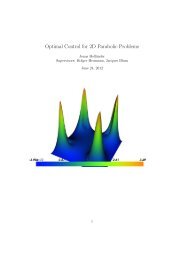
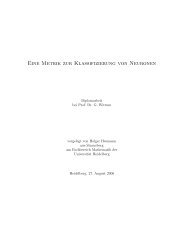
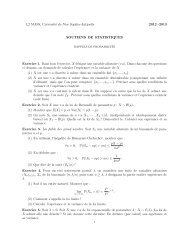
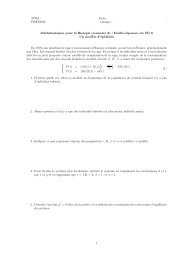


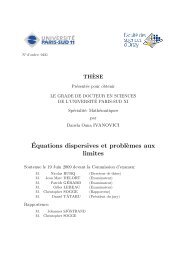
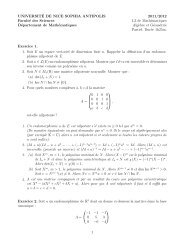
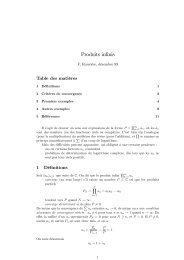
!['eries enti\`eres (+ [D78 Th d'Abel angulaire])](https://img.yumpu.com/14067031/1/184x260/eries-entieres-d78-th-dabel-angulaire.jpg?quality=85)

